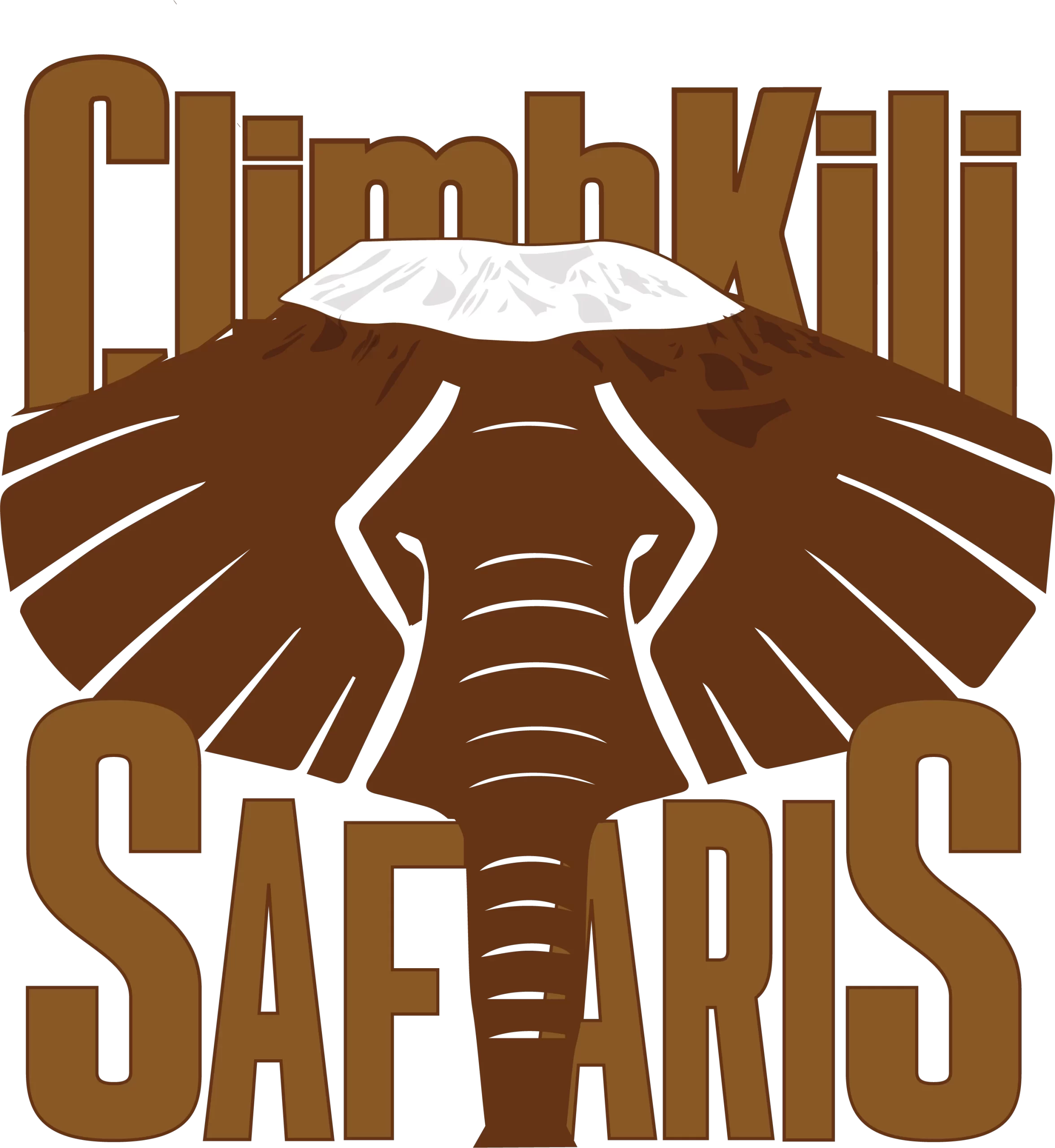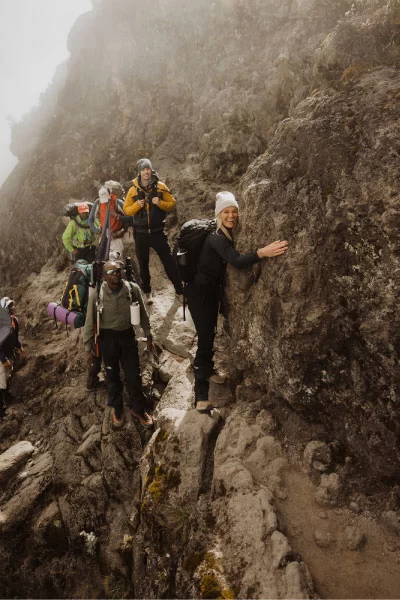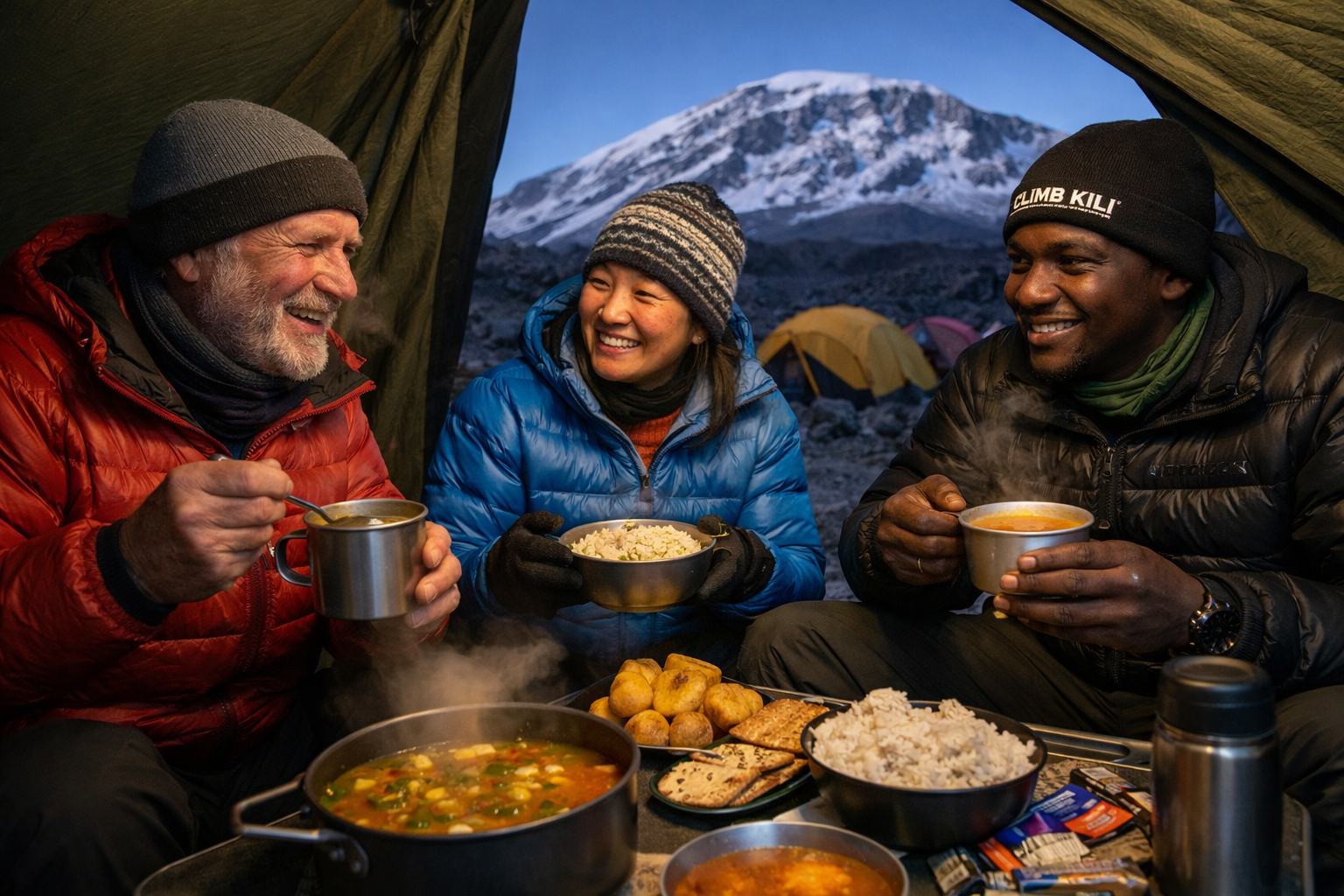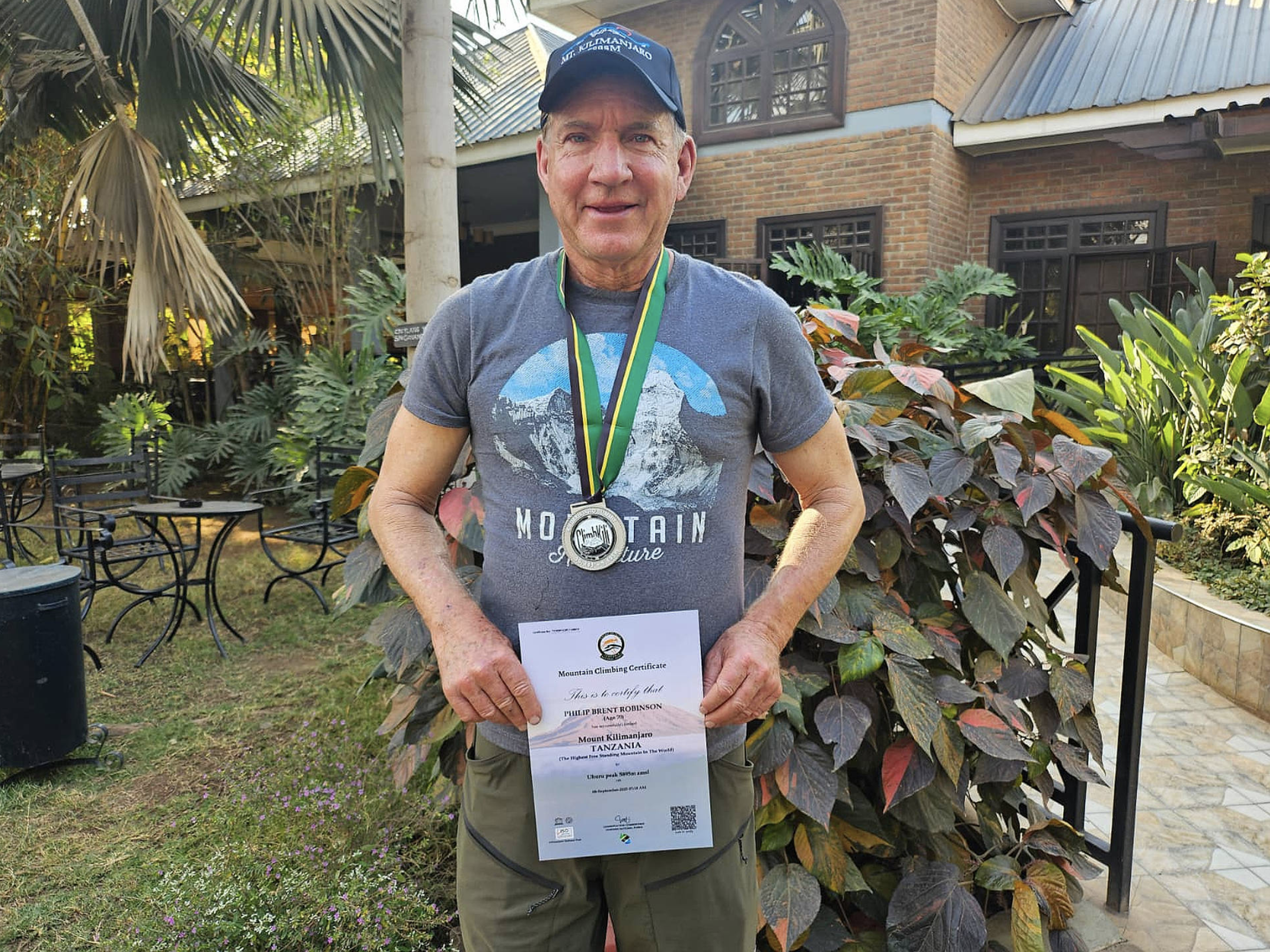Climbing Mount Kilimanjaro is a bucket-list adventure that attracts thousands of trekkers each year. Known as the “Roof of Africa,” Kilimanjaro stands at 19,341 feet, offering a challenging yet achievable trek for those willing to take on its rugged slopes. While many choose to climb with friends or family, an increasing number of adventurers are opting for a Kilimanjaro solo trek. For solo travelers, joining a group adds camaraderie, safety, and a sense of shared purpose to the journey.
In this Kilimanjaro solo travel guide, we’ll walk you through everything you need to know about trekking Kilimanjaro alone, what to expect when joining a group, and tips for making your solo climb a memorable and successful experience.
Why Choose a Solo Kilimanjaro Trek?
Personal Growth and Achievement
Trekking Kilimanjaro alone can be a deeply personal and transformative journey. Many solo climbers report feeling a unique sense of accomplishment, having faced the challenges of the trek on their own terms. The solitude allows for moments of reflection, making each step toward the summit a part of an introspective adventure.
Meeting Like-Minded Trekkers
Contrary to what many might think, choosing a single climb on Mount Kilimanjaro doesn’t mean you’ll be isolated. By joining a group as a solo trekker, you’ll connect with others from around the world, all united by a shared goal. The friendships forged on the mountain are often lasting, as you’ll bond over the experiences and challenges that come with trekking Kilimanjaro together.
Overview of Trekking Kilimanjaro Alone
For those considering trekking Kilimanjaro alone, joining a group offers a perfect blend of independence and support. Many trekking companies cater to solo travelers by organizing groups with people from various backgrounds and experience levels.
Here’s what to expect when you decide to join a group for a Kilimanjaro solo trek:
Pre-Trek Preparation
Preparation is key to a successful Kilimanjaro climb. Before you embark on your journey, be sure to prepare both physically and mentally. Training for several months prior to the climb by focusing on endurance, strength, and acclimatization hikes is highly recommended.
- Visa and Documentation: Ensure you have a valid passport and obtain a Tanzanian visa, if required.
- Health Check: Check with your doctor about any recommended vaccinations and any altitude sickness medications.
- Travel Insurance: Trekking insurance is a must, covering emergency evacuations and medical treatment.
Choosing the Right Route
Kilimanjaro has several routes, each varying in difficulty, scenery, and duration. Solo travelers often join groups on popular routes such as Machame, Marangu, or Lemosho. Here’s a quick overview:
- Machame Route: Known as the “Whiskey Route,” it’s scenic but challenging, typically lasting 6-7 days.
- Marangu Route: Also known as the “Coca-Cola Route,” this is the only route with hut accommodations, making it popular for solo climbers.
- Lemosho Route: This route provides a slower ascent, allowing for better acclimatization and success rates over 7-8 days.
Joining a Group as a Solo Trekker
While a Kilimanjaro solo trek can seem intimidating, joining a group provides a supportive structure. Most tour operators offer group packages that allow solo travelers to meet others embarking on the same journey.
Benefits of Joining a Group
- Safety and Support: Solo climbers benefit from the safety and camaraderie of a group. Climbing with others ensures you have help nearby in case of any health issues, injuries, or altitude sickness.
- Guidance from Experienced Guides: Professional guides familiar with the routes provide essential knowledge and support, making it easier to manage your energy and adjust to the altitude.
- Shared Costs: Joining a group often reduces costs per person, as expenses such as permits, guides, and porters are shared.
Building Connections on the Mountain
One of the joys of a solo climb of Mount Kilimanjaro within a group setting is meeting people from all walks of life. Group members often share stories, tips, and encouragement, building bonds that enhance the trek’s emotional rewards. It’s common to hear climbers recount how group members motivated each other during difficult stretches.
Practical Tips for Solo Travelers on Kilimanjaro
If you’re embarking on a single climb of Mount Kilimanjaro, here are some tips to help you prepare:
- Pack Smart: Essentials include warm clothing, a good sleeping bag, trekking poles, and snacks. Be sure to pack lightly but include layers for the varying temperatures.
- Stay Hydrated: Hydration is crucial at high altitudes. Aim to drink at least 3 liters of water daily to help with acclimatization.
- Go Slow: Guides often use the term “Pole Pole,” meaning “slowly, slowly” in Swahili. It’s a reminder to pace yourself, allowing your body to adjust to the altitude.
- Listen to Your Guides: The local guides have years of experience and know how to help you achieve success on the mountain. Their advice is invaluable.
Common Concerns for Solo Trekkers
Safety on the Mountain
While Kilimanjaro is generally safe for solo trekkers, altitude sickness is a concern for all climbers. When joining a group, you’ll have the advantage of trekking with guides who monitor everyone’s condition, ensuring you stay safe and can descend if necessary.
Budgeting for a Solo Trek
Solo travelers should expect to budget for guide fees, park permits, porters, and other essentials. Joining a group is a more budget-friendly way to enjoy the trek, as many costs are shared. When planning your Kilimanjaro solo travel, research reputable tour companies that offer group discounts.
Coping with Altitude
Altitude affects everyone differently, and solo trekkers should prepare for the possibility of altitude sickness. Joining a group allows you to learn from others’ experiences and get tips on acclimatization.
Conclusion: Is a Kilimanjaro Solo Trek Right for You?
Opting for a solo Kilimanjaro trek within a group provides the best of both worlds: independence and camaraderie. From the physical preparation to the final summit push, joining a group while trekking Kilimanjaro alone offers the freedom of a solo adventure, combined with the safety and support of an organized tour.
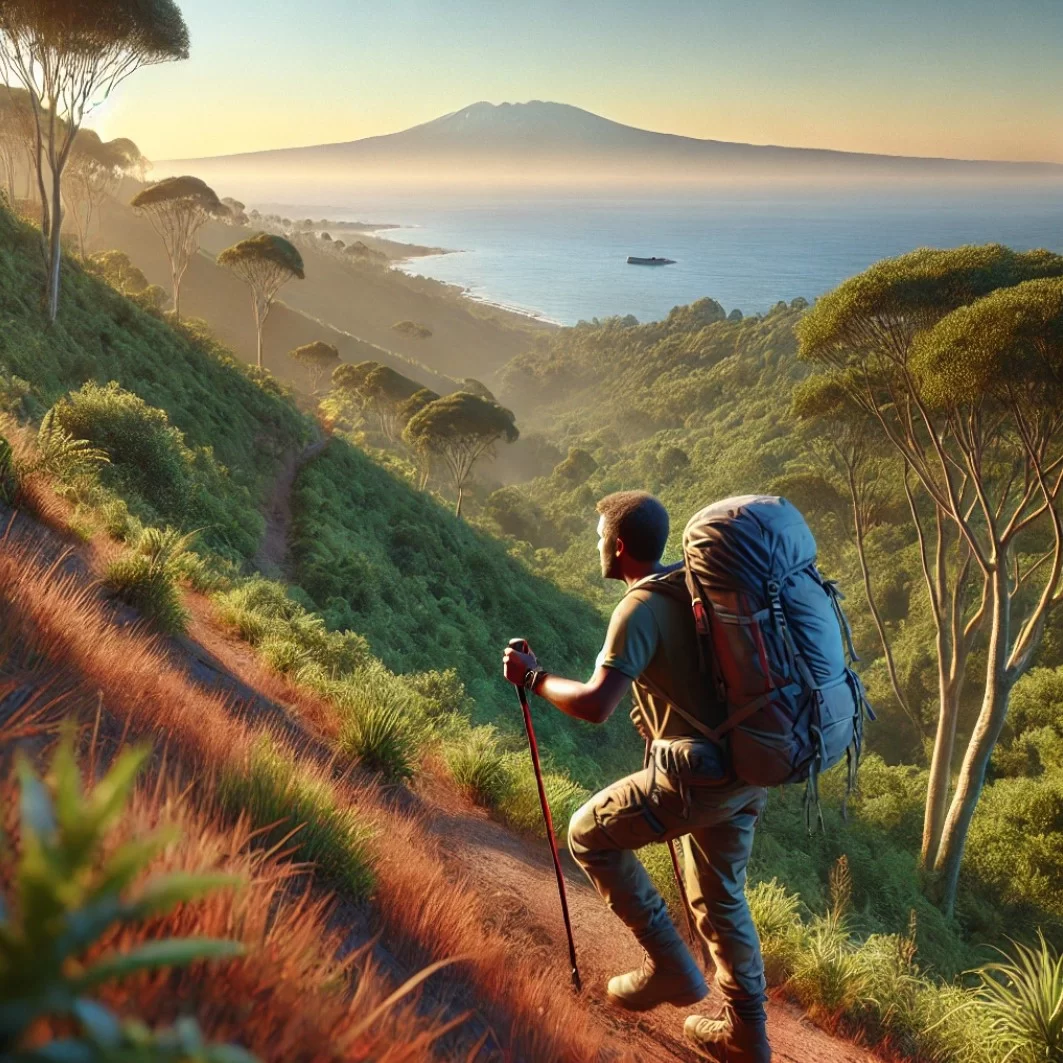
Whether you’re an experienced trekker or new to high-altitude climbs, this journey is one of self-discovery, testing limits, and forming lifelong memories with fellow climbers. With a solid plan and the right mindset, a Kilimanjaro solo climb can be the adventure of a lifetime.
Quick Checklist for Solo Trekkers on Kilimanjaro
- Research Routes: Machame, Marangu, and Lemosho are popular choices for solo trekkers.
- Training: Build endurance, strength, and altitude acclimatization.
- Pack Essentials: Warm clothing, hydration packs, snacks, and trekking poles.
- Book with a Reputable Company: Look for licensed guides and positive reviews.
- Stay Positive and Pace Yourself: “Pole Pole” – slow and steady wins the race to the summit.
With the right preparation, your single climb of Mount Kilimanjaro could be the start of a new chapter, filled with breathtaking views, new friends, and unforgettable memories.

